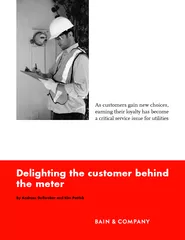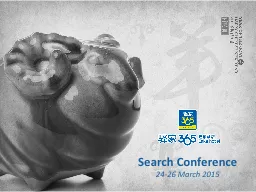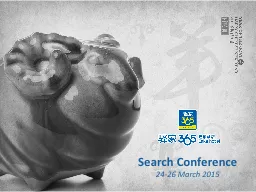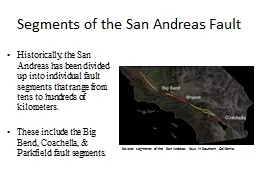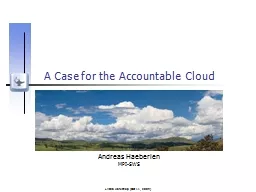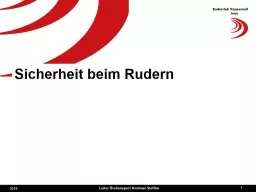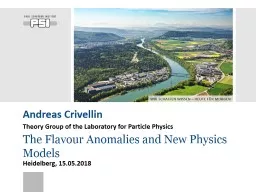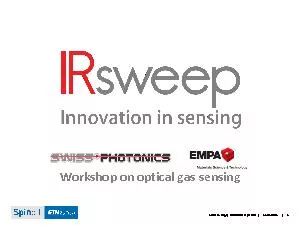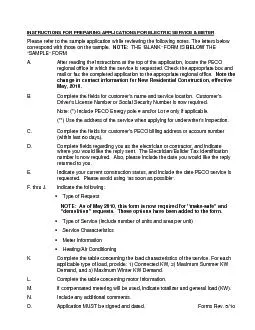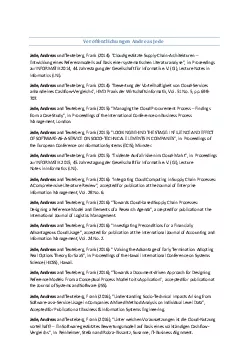PDF-Delighting the customer behind the meter By Andreas Du
Author : debby-jeon | Published Date : 2015-05-26
All rights reserved Content Global Editorial Layout Global Design Dr Andreas Dullweber Bain Company partner in the Munich of ce leads the rms Customer Strategy Marketing
Presentation Embed Code
Download Presentation
Download Presentation The PPT/PDF document "Delighting the customer behind the meter..." is the property of its rightful owner. Permission is granted to download and print the materials on this website for personal, non-commercial use only, and to display it on your personal computer provided you do not modify the materials and that you retain all copyright notices contained in the materials. By downloading content from our website, you accept the terms of this agreement.
Delighting the customer behind the meter By Andreas Du: Transcript
Download Rules Of Document
"Delighting the customer behind the meter By Andreas Du"The content belongs to its owner. You may download and print it for personal use, without modification, and keep all copyright notices. By downloading, you agree to these terms.
Related Documents

